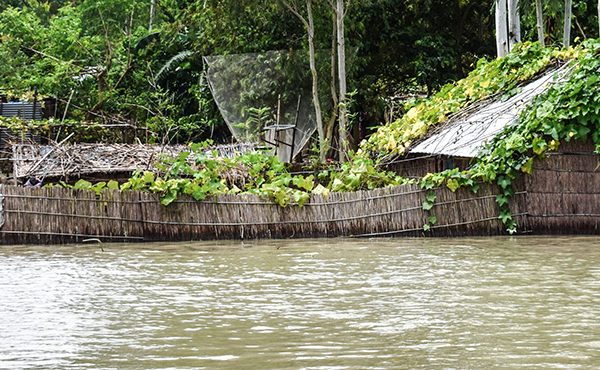Reading Time: 2 minutes
Earlier this month, I was in Sri Lanka, a beautiful island off the coast of India, with pristine beaches and mist shrouded mountains. The sun soaked beaches of Bentota on the western coast of Sri Lanka belied the reality that the country was facing its worst natural disaster since the Asian tsunami in 2004. Since January, due to heavy rains the eastern coasts of the country has experienced massive flooding. According to the Disaster Management Center over 1.2 million people have been affected, with the areas of Ampara, Batticaloa, Polonnaruwa, Anuradhapura and Trincomalee being the worst affected.
Earlier this month, I was in Sri Lanka, a beautiful island off the coast of India, with pristine beaches and mist shrouded mountains. The sun soaked beaches of Bentota on the western coast of Sri Lanka belied the reality that the country was facing its worst natural disaster since the Asian tsunami in 2004. Since January, due to heavy rains the eastern coasts of the country has experienced massive flooding. According to the Disaster Management Center over 1.2 million people have been affected, with the areas of Ampara, Batticaloa, Polonnaruwa, Anuradhapura and Trincomalee being the worst affected.
 More worrying is that these regions are crucial for paddy cultivation, and due to the floods over a third of the paddy crops have been destroyed. Officials estimate that Sri Lanka will lose over one million tons from its upcoming paddy harvest. The resulting food insecurity brings an additional grim dimension to the situation.
More worrying is that these regions are crucial for paddy cultivation, and due to the floods over a third of the paddy crops have been destroyed. Officials estimate that Sri Lanka will lose over one million tons from its upcoming paddy harvest. The resulting food insecurity brings an additional grim dimension to the situation.
There has been a stark contrast between the response to this crisis and the tsunami in 2004. Despite the scale of the damages, coverage of the crisis was minimal in western media and the emergency response has been slow. According to Oxfam, only US $11,6 million has been received toward the flood response; not enough to counter the long term food security concerns of the country. Oxfam, World Vision, Save the Children and AmericaCares are some of the humanitarian organizations, in addition to BRAC, engaged in emergency response.
BRAC entered Sri Lanka in 2005 to address the immediate needs of the tsunami-affected populations. BRAC provided safe drinking water by installing tube wells, set up latrines to promote sanitation, provided medical support to the injured, and started a livelihood program to help rehabilitate the tsunami victims. BRAC is once again playing a critical role in emergency response and rehabilitation by launching in program to restore the livelihoods of the flood affected people in the Eastern and North Central provinces by supporting them with agricultural support, safe drinking water and providing materials to the affected students. The program’s main objective will be to reestablish livelihoods and food security in the Ampara, Batticaloa, Polonnaruwa, Anuradhapura and Trincomalee districts.





